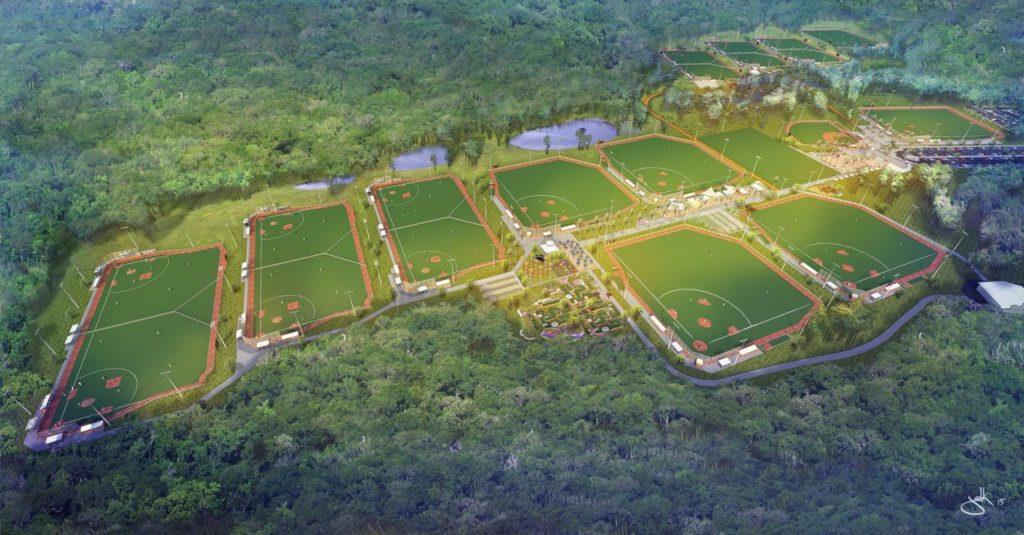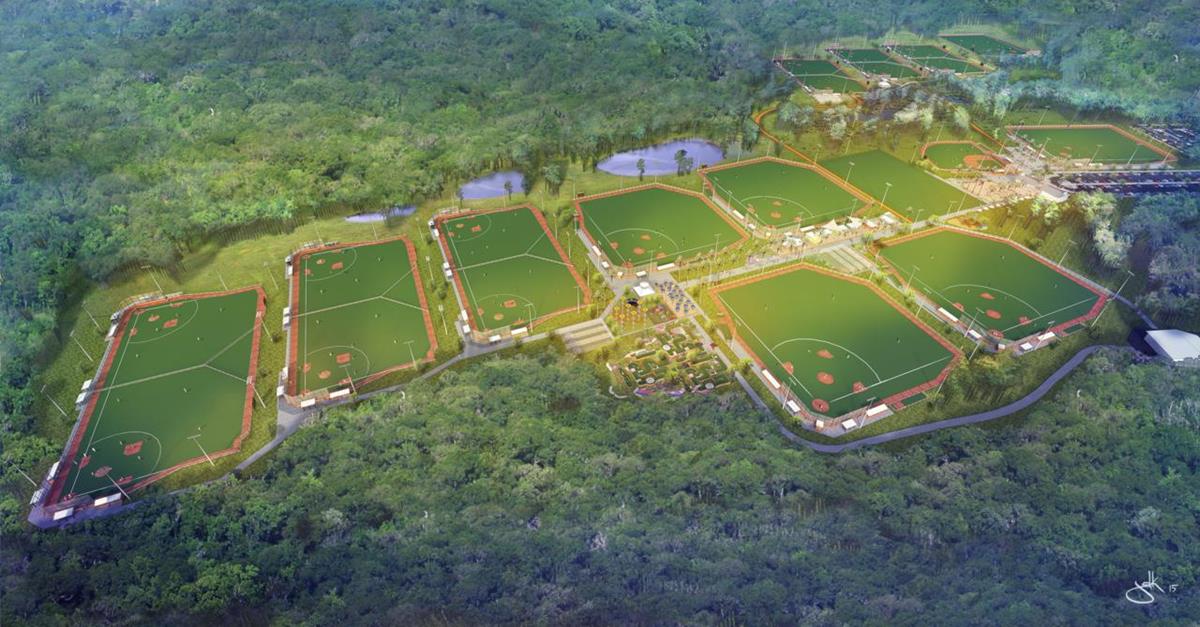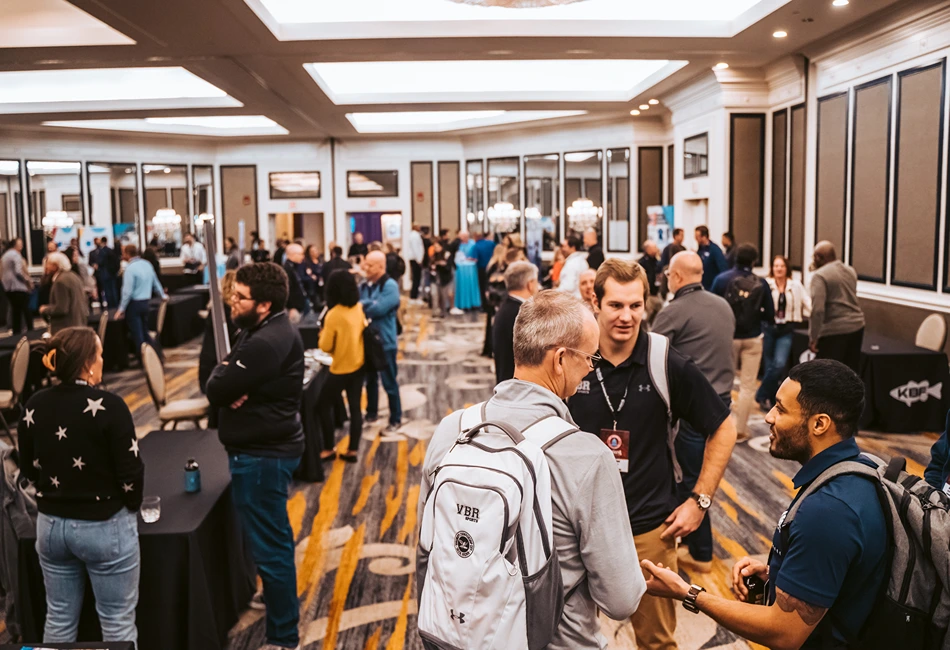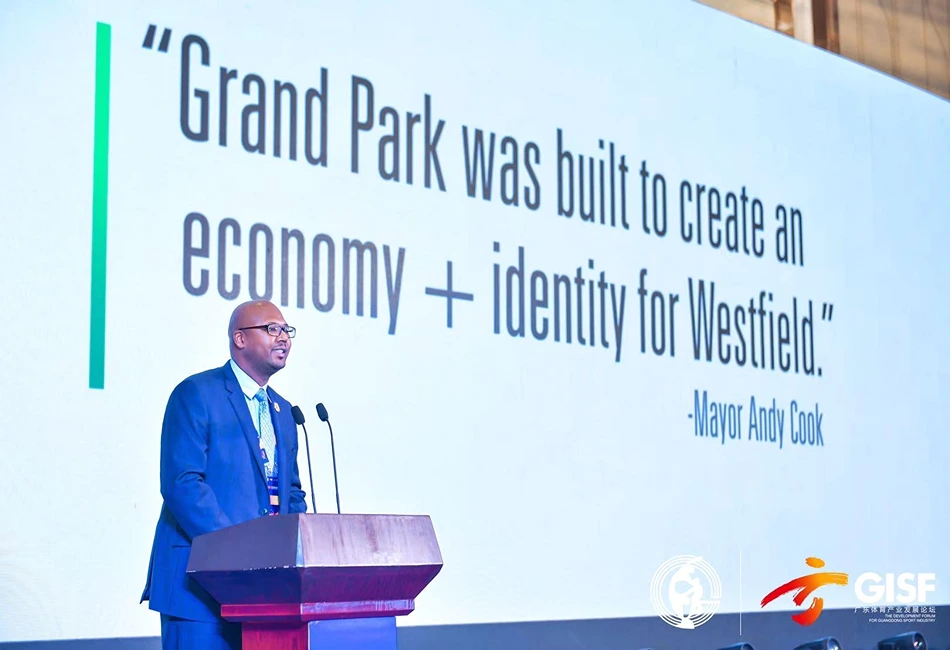Request for Proposal (RFP) is a document used in business, particularly in government or on large projects, for procuring goods and services in a competitive bid process. An RFP is best used when the application requires specialized expertise, specific capability, or where the product or service may require several organizations to team up. If administered properly, the RFP process will often help to select the best product and/or most qualified service provider.
As we see continued growth of sports tourism destinations, there are now more RFPs going out than ever for planning, development and operational support. Common examples in the sports tourism industry are:
- Feasibility/ Market Assessment
- Financial Forecasting
- Program Planning
- Capital Campaigns
- Development Partners
- FF&E Procurement
- Marketing & Branding
- Owner’s Representation / Design Consulting
- Operational Development & Consulting
- Outsourced Management
- Regional & National Events
- Facility Performance Assessments
- Performance Optimization Plans
The objective of an RFP is to solicit customized responses from experienced providers so that your municipality, board, commission or committee has the ability to select the optimal fit for your project. To do this for a sports facility, the issuer generally provides information on the background, goals, and need for the project. The RFP will also may direct, to varying degrees, the specific structure and format of the supplier’s response.
“RFP” vs. “RFQ”
In our world of acronyms, RFP and RFQ (Request for Qualifications) are often used interchangeably. However, there is a distinct technical difference. An RFP is an actual solicitation of a bid for a product or service with a price. While the price may be negotiated based on the resulting dialogue of the RFP process, it is often times unchanged. An RFQ on the other hand is just asking for a firm’s qualifications to be able to perform the task at hand, not a price for services. An RFQ is often used when the project is very large scale and the ultimate scope of the project may not be defined. This allows the issuing group to build relationships with qualified firms to help shape the working relationship.
Grab the Full SFA & SFM Guide to Request for Proposals – What’s Inside:
Planning a new sports tourism project? Download our quick reference guide for sports commissions, community leaders, and developers starting a sports, events, recreation, or wellness project. You’ll find: RPF Deliverable Specification, Must-have Components and a Ready-to-use RFP, Tips for Assessing the RFP Responses and more!
<<<< Click the Cover to Download Instantly for FREE
In some cases, an RFQ is a step in the process to get to an RFP. This allows municipalities and organizations to cast a very wide net for their sports complex planning needs and qualify select groups. These groups, often no more than 3-5, are issued an RFP with more detail to arrive at an actual price quote.
Key Components of a Sports Facility Feasibility RFP
- Introduction and Project History
- Statement of Purpose
- Key Dates for RFP Submission, Question Deadlines, and Any Meetings/Calls
- Any pre-bid requirements (site visits, pre-submittal meetings, information downloads, etc.)
- Submission Details & Requirements
- Proposal Format
- Firm Qualifications & Experience/References
- Key Firm Team Members & their project role
- Firm Approach, Scope, Timeline, and Pricing
The process from issuing the proposal to review is often 4-6 weeks with another 2-4 weeks for interviews and evaluations. Along with clear selection criteria and deadlines, assigning a single point of contact early in the development to manage the process and coordinate the logistics often helps keep the process focused and moving forward.

Legal Requirements
Government and quasi-government agencies will often have to follow specific procurement guidelines. Often times, municipalities will have a procurement department to ensure legal compliance. Either as an issuer or a respondent to an RFP, make sure that you abide by all local regulations. Some jurisdictions may include closed bid submittals, where pricing is submitted separately from the rest of the proposal. Other considerations may be anti-collusion statements, drug-free workplace requirements, licensing requirements, proof of good financial standing, and other legal requirements.
RFP Deliverable Specification

When defining the submission details and requirements, it’s important to first understand what criteria your team feels is most critical to determining who will be awarded the work. Some municipalities create a weighted scoring system or categorical scorecard to help them evaluate the submission. Page numbers, tabbed dividers, binding, printed vs. digital, document order, and number of pages are several examples of deliverable specification. A more specified, strict approach to format creates a more uniform response which may be easier to evaluate side by- side. On the other hand, with a little more leeway, you may receive more creative submittals with information you may not have otherwise considered.
It is very important that your RFP clearly state your desired qualifications and outcomes for the project or quality of the product. Some issuers choose to publish their budget for the project, while others do not. The hope without publishing a project budget is that you may be pleasantly surprised with a bid that comes in well under your internal budget. However, we have found it is often helpful to provide a budget or a range of fee to allow submitters to more accurately tailor their approach.
Questions & Addendums
In every RFP process, there is a 3-4 week period following issuance where respondents are allowed to submit questions. The result of this phase is often an addendum or series of addendums that is sent to all interested parties with both the specific question and answer or some other clarifying statement. These are generally distributed in the same way as the RFP (email, public website posting, online bid service).
During this period of questions and addendums, there are typically specific people and/or means of communication. This often means only certain representatives are able to answer questions on behalf of the project and answers need to be shared with all interested responders. It is critical to adhere to these requirements because failure to do so may result in disqualification from the process for submitters or undermine the authenticity of the process for issuers.
Making A Selection
The first step in awarding the winner of your RFP is to have all members of your selection committee review the proposal. Depending on the complexity or competition involved in your responses, you may also want to have a conference call or in-person presentation with each group and your committee to provide an opportunity for real-time Q&A. Groups that are selected as finalists make what is referred to as the “short list.” The short-list is often 2-5 teams who had the very best proposal and you would like to have a presentation made to the selection committee.
The length of these presentations vary, but usually a 30-60 minute overview of the firm/proposal followed by 30-60 minutes of Q&A is standard. The more complex the project and larger the project budget, the longer the presentations tend to be. During the Q&A, some selection committees like to ask the same questions to all submitters while others ask unique questions to each group based on their proposal.
After each group has made a presentation, the selection committee will often meet to discuss their opinions and rank the responses. Once a decision is made, the selection committee will enter negotiations with the finalist. Some groups choose to publish their rankings while others keep them private. Regardless, best practice is to formally thank each of the respondents and to let them know they have not been chosen. This keeps respondents informed and you never know when their services may be needed in the future








